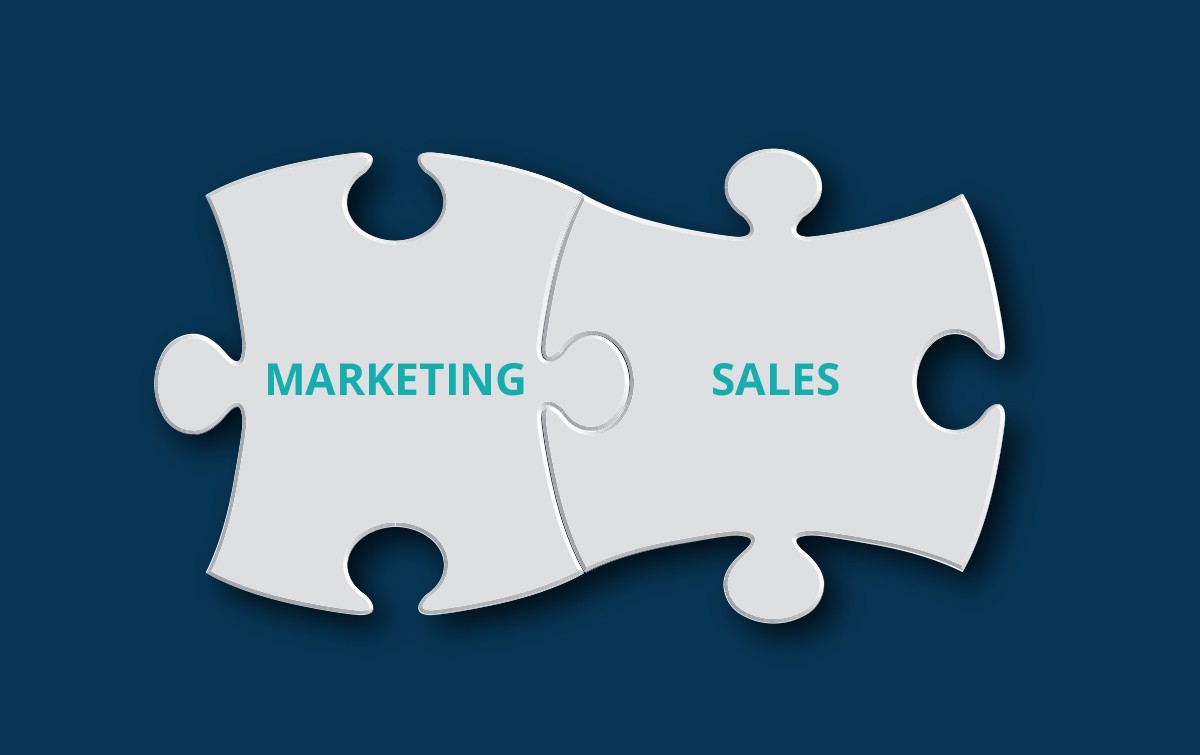Stories are everywhere and for humans, they’ve always been a fundamental part of life and how we relate to the world. Fairy tales introduced us to good and evil while page-turning novels show us love and loss. Fascinating news articles teach us about world events while funny anecdotes that we share with our loved ones keep us connected. Stories are powerful tools and therefore, they can be very useful as part of a marketing strategy.
Holding a reader’s attention is getting harder and marketers need to find new ways of connecting with their target audience. While there is nothing new about storytelling, humans undoubtedly respond to and remember the good stories they consume. There is evidence that we are 22 times more likely to remember a story than we are a list of facts or sales pitches. This makes storytelling a very valuable marketing tactic. But what makes an effective story in marketing?
AIDA Storytelling
AIDA stands for Attention, Interest, Desire, and Action and it refers to a story structure that is well used in marketing.
Attention: Get to know what your audience cares about and any problems that they might have. Address this straight away with bold statements, statistics, or a question relating to what they want to achieve. Their attention span has no time for lengthy introductions!
Interest: Holding the reader’s interest is difficult but through warm, conversational language, acknowledging their struggles, and including familiar situations, your audience will begin to build up trust and relate to you.
Desire: Tell them how your brand can help them. What problem of theirs can you solve?
Action: Let the reader know what to do next in order to solve their problem. This should lead to a sales conversion if the story you’ve built up has fully engaged your reader.
4P Storytelling
The 4P story structure refers to four rules for marketing storytelling, all beginning with the letter P.
Promise: Get your customer’s attention by making them a promise and explaining what you can offer them. Keep referring to this promise throughout your work.
Picture: Tell the story of a satisfied customer in an engaging way. This will help your audience picture themselves as the satisfied customer.
Proof: Use facts, statistics, and infographics to give the reader proof that you know your stuff and that your brand is trustworthy.
Push: Tell your reader what to do in order for them to gain the benefits of what you’re offering. They know you and trust you now -they want to be your next satisfied customer!
Before-After-Bridge Storytelling
This storytelling technique introduces readers to a difficult situation and shows them how to get to a better one.
Before: Think about a problem or negative situation that your audience might find themselves in and begin your story there. This tells the reader that you understand them.
After: Tell them how much better the situation could be with the right solution.
Bridge: Tell the reader what the solution is and how your brand can help them get there.
After-Bridge Storytelling
There is a version of the Before-After-Bridge storytelling technique that begins with a happy ending. The story of how to get there is then told backward so that the reader keeps the ideal ‘after’ scenario as a goal in their minds.
The Hero’s Journey Storytelling
Everyone wants to be the hero of their own story, so putting your customer in that position is an excellent way of engaging them.
The hero needs to have a challenge to face. They need to take on the challenge and they need to succeed.
By describing how your brand or product can help the hero achieve their goal, the reader will be able to see how your offer is exactly what they need to overcome their own challenges.
Connect through stories
Using storytelling techniques in your marketing strategy gives your brand a human element that will help potential customers relate to you and remember you. If readers enjoy your stories, they will keep coming back to read the next one, building loyalty and meaningful engagement. Gaining their trust and giving them a unique offering will certainly convert your marketing efforts into sales and a community of regular, happy customers. Start telling your story today!



















































